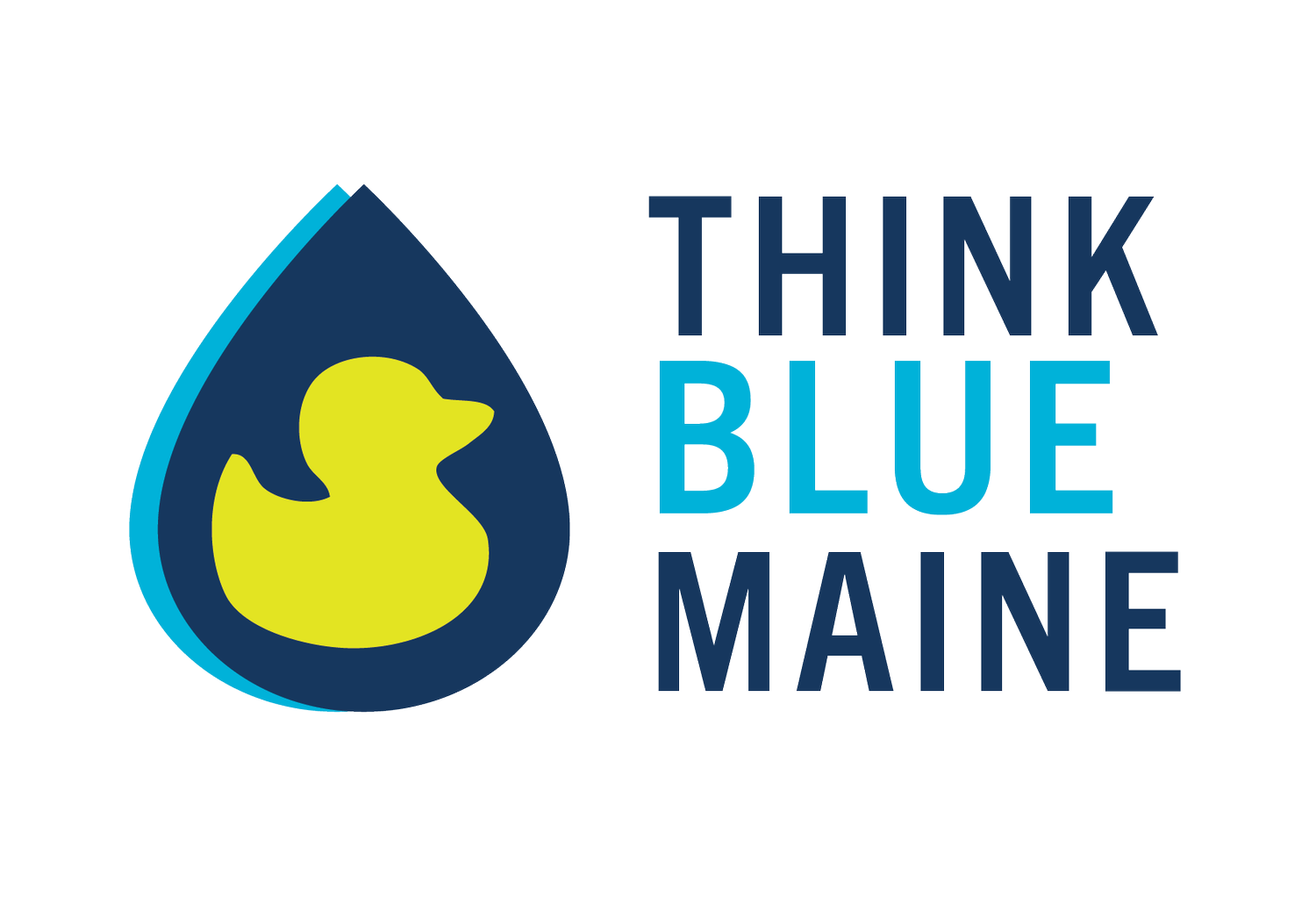Stop the Spread of Poo-llution
Dog waste is high in nitrogen, phosphorus, and pathogens. It can pollute nearby waterbodies where we fish, play, and get our drinking water.
Dog waste pollution is a significant problem in our communities. Not only does it stink up the neighborhood and make it unpleasant to spend time outside, but it is also harmful to the environment and public health.
Dog waste can contain over 65 diseases that can be transmitted to other dogs and even us. The nitrogen and phosphorus in dog waste can lead to overgrowth of algae blooms in nearby waterways, which can deplete water oxygen levels and lead to reductions in fish populations.
Whether in your yard or on the trail, use scoopers or no-touch bags and be sure to throw them in the trash.
# The Environmental Impact
When left on the ground, dog waste can contaminate our waterways and harm fish and aquatic life. The bacteria found in dog waste can cause dangerous levels of pollution that can spread to nearby streams and rivers, affecting the animals that live there.
# The Impact on Public Health
Dog waste also poses a potential health risk for people who come into contact with it. The bacteria found in dog waste can cause infections like E.coli, salmonella, and giardia, which can lead to severe health issues in humans, especially children. Additionally, when dog waste is not disposed of properly, it can attract other pests, which can further spread disease.
# The Importance of Proper Disposal
The best way to prevent dog waste pollution is to ensure that it is disposed of in trash cans. Please do not leave pet waste or used pet bags on the ground, in the woods, or down storm drains.
Impacts on Water Quality
Dog waste significantly harms water quality by introducing bacteria, parasites (like Giardia, E. coli, Roundworms), and excess nutrients (nitrogen, phosphorus) into waterways via rain runoff or improper disposal, leading to oxygen depletion (harming fish), harmful algal blooms, cloudy water, and potential human illness, making it a major source of nonpoint source pollution
Dog Waste Surveys
The Cumberland County Soil & Water Conservation District, in partnership with the New England Environmental Finance Center and Bates College Purposeful Work internship program, is conducting a five-year survey of Greater Portland and Saco dog parks and trails to better understand the environmental impacts of our pets. Track the status of your favorite trails and parks with our annual survey reports and project story map below.




